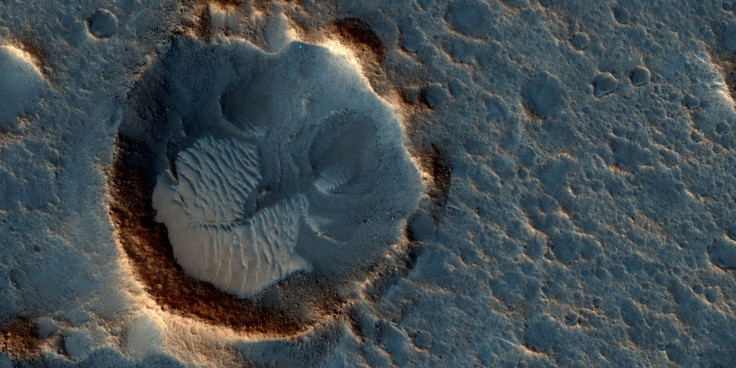Are Aliens Real? NASA Reveals New Test To Discover Life On Other Planets 50 Years After Apollo Disaster

NASA revealed Friday a new test developed to discover living organisms that dwell in extraterrestrial waters, raising hopes for newfound discoveries as the federal space agency marks the anniversary of a series of deadly setbacks.
The groundbreaking method separates organic from non-organic material using a liquid-based, electrokinetic technique called capillary electrophoresis, which identifies amino acids at a rate reportedly 10,000 times more sensitive than previous methods. The approach was tested by researchers at NASA's Jet Propulsion Laboratory in Pasadena, California, and was featured in this month's edition of the American Chemistry Society's journal, Analytical Chemistry. The study's lead author, Jessica Creamer, said the team's research was able to innovate on a technique originally conceived in the 1980s and repurposed for oceanic experiments.
Tested in the salty waters of California's Lake Mono, researchers said they were able to detect 17 unique amino acids, which they called "the Signature 17 standard." The agency's scientists hope to utilize this approach to allow interplanetary rovers to distinguish between non-organic materials, which have a similar level of both "right-handed" and "left-handed" amino acids, and organic materials, which were more likely to be "left-handed." This factor in determining life from amino acids is called chirality.
Friday also marked a more somber occasion, falling 50 years since three astronauts were killed when the Apollo 1 spacecraft caught fire during a preflight rehearsal test on Jan. 27, 1967. Coincidentally, the date closely coincides with those of two other deadly incidents, the Challenger explosion that killed seven astronauts after takeoff on Jan. 28, 1986 and the Columbia disaster on Feb. 1, 2003, that also killed seven astronauts as their shuttle broke into pieces upon returning to Earth.
© Copyright IBTimes 2024. All rights reserved.






















